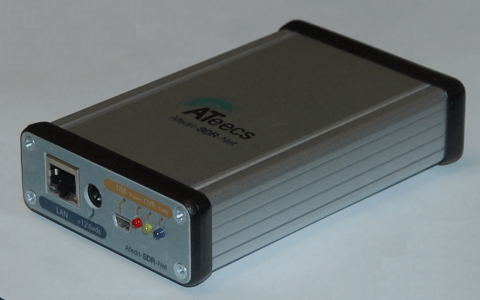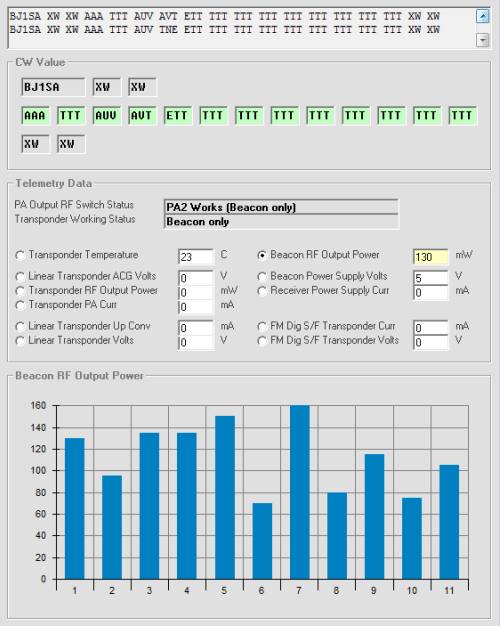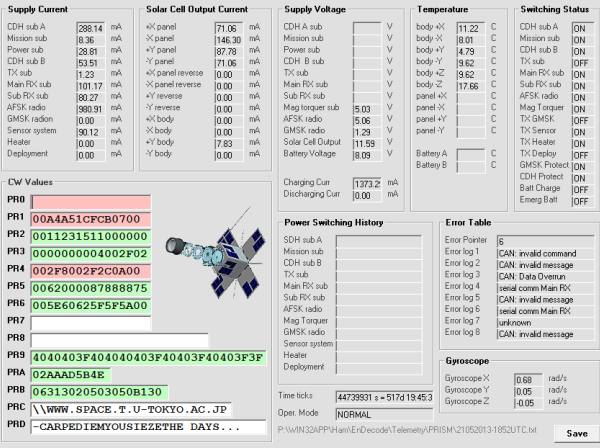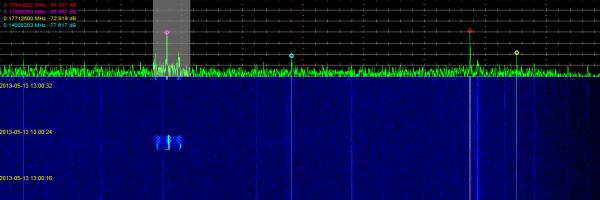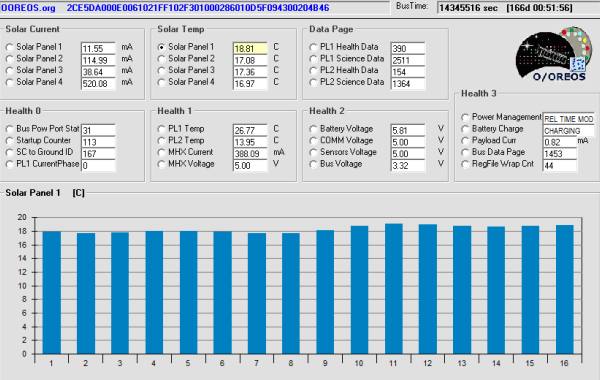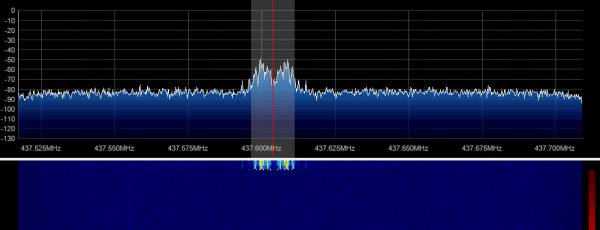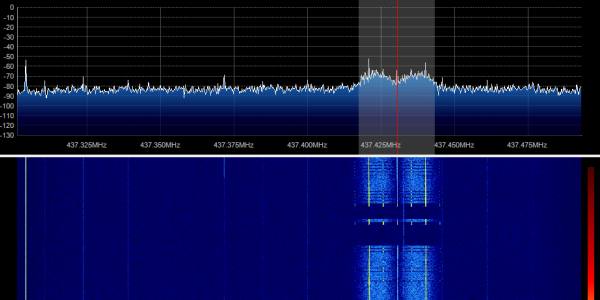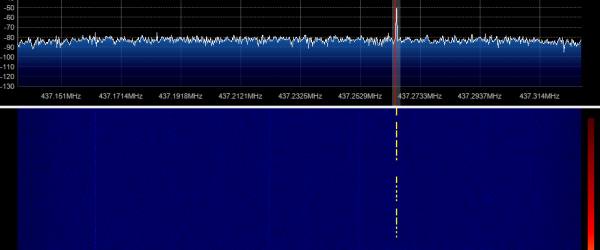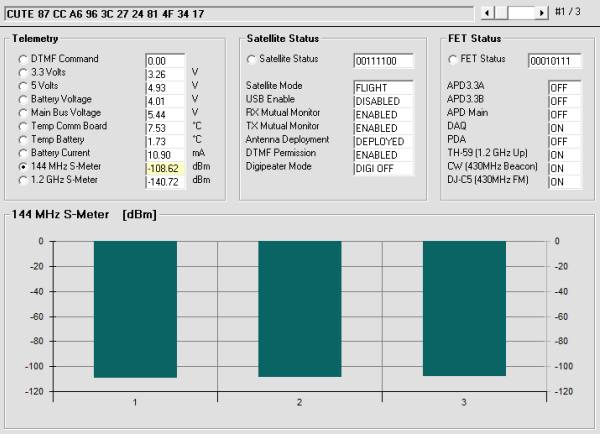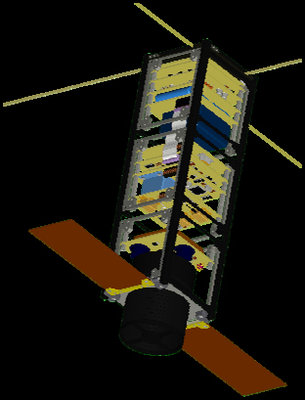 26 June 2013 Six student teams and their supervisors have gathered at ESTEC for the kick-off of the new Fly Your Satellite! Programme under the ESA Education Office. For the next three days, ESA experts will introduce the objectives and present the activities to be performed during the first phase of the programme.
26 June 2013 Six student teams and their supervisors have gathered at ESTEC for the kick-off of the new Fly Your Satellite! Programme under the ESA Education Office. For the next three days, ESA experts will introduce the objectives and present the activities to be performed during the first phase of the programme.
Satellites do not need to be the size of cars or larger to perform in space. CubeSats fit into your hand and weigh no more than a bag of sugar. They have been made possible by the increasing miniaturisation of components.
In January, ESA’s Education Office announced the ‘Fly Your Satellite!’ initiative. This is aimed at offering student teams the opportunity to become familiar with good engineering practice to build and perform satellite testing in order to increase the chances of a successful mission. The 2013 edition of the programme is however only focussing on testing selected university-built satellites that are already at an advanced stage of development.
Each CubeSat has a scientific or technological mission to complete. For example, Oufti-1 from Belgium will test high-efficiency solar cells, while Politech.1 from Spain will make observations of Earth. A full list of the satellites and their objectives is given in the Notes for editors section.
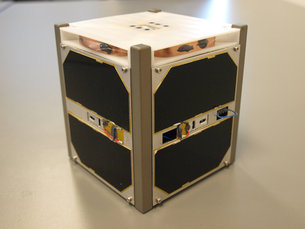 ‘Fly Your Satellite!’ builds on the success of the ‘CubeSats for the Vega Maiden Flight’ pilot programme. This culminated in 2012 with the launch of seven student-built CubeSats on the first flight of the new ESA Vega launcher.
‘Fly Your Satellite!’ builds on the success of the ‘CubeSats for the Vega Maiden Flight’ pilot programme. This culminated in 2012 with the launch of seven student-built CubeSats on the first flight of the new ESA Vega launcher.
The focus of the kick-off meeting will consist of coordinating the activity to be performed during the first phase of Fly Your Satellite! enabling the teams to complete the construction of their satellite. This will include extensive satellite testing in ambient conditions under the supervision of ESA specialists who will decide which satellites should participate in the next phase of the programme.
The second phase will see the satellites tested in the simulated conditions of outer space and in those the satellites will experience at launch. These will include vibration and thermal-vacuum tests.
By helping to train a skilled and confident workforce, the ‘Fly Your Satellite!’ programme helps secure Europe’s future in space technology.
Notes for editors:
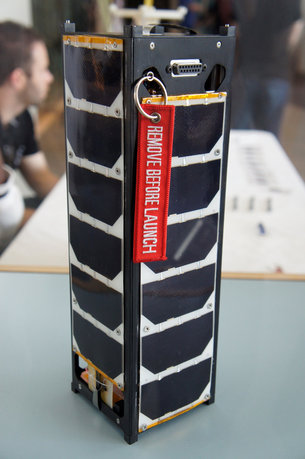 The Fly Your Satellite Kick-Off workshop takes place at ESA’s ESTEC centre in The Netherlands, on 26-28 June.
The Fly Your Satellite Kick-Off workshop takes place at ESA’s ESTEC centre in The Netherlands, on 26-28 June.
The six CubeSats chosen for Phase 1 are presented below:
Robusta-1B from France will validate a radiation test methodology for specific transistor components.
Oufti-1 from Belgium will demonstrate the D-STAR digital communication protocol and validate high-efficiency solar cells.
ConSat-1 from Canada will analyse radiation characteristics in the South-Atlantic Anomaly, and test technology payloads.
e-st@r-II from Italy will test an Active- Attitude Determination Control System.
AAUSAT4 from Denmark will test an improved version of student built AIS (Automatic Identification System) receivers.
Politech-1 from Spain will carry a student built C-band communication system, a “GEODEYE” Earth Observation camera for academic purposes, and solar wind experiments.
OUFTI-1 website
ConSat-1 information
AAUSat4 website
[PE0SAT Thanks ESA and PA0DLO for the above information]

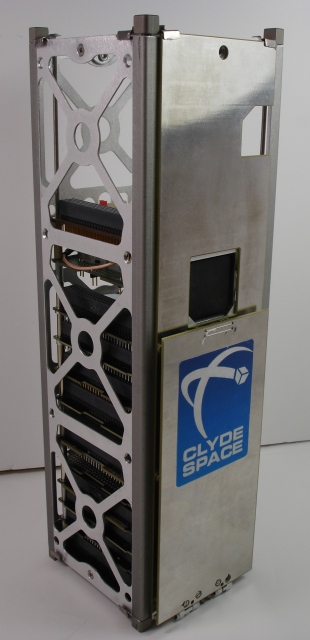 Elke zondagavond om 22:00 uur (lokale tijd) is het Nederlandstalig amateur satellietnet in FM te beluisteren op de frequentie 144,775 MHz. Dit satellietnet bestaat reeds sinds 1978 en wordt over het algemeen geleid door Nico, PA0DLO.
Elke zondagavond om 22:00 uur (lokale tijd) is het Nederlandstalig amateur satellietnet in FM te beluisteren op de frequentie 144,775 MHz. Dit satellietnet bestaat reeds sinds 1978 en wordt over het algemeen geleid door Nico, PA0DLO.